-
11 nights / 12 days
-
Private
-
Every Day
Description
Egypt where the civilizations were begun
| Program | Egypt Tour Packages 12 days tour Odyssey |
| Duration: | 11 nights / 12 days |
| Destinations covered: | Cairo » Aswan » Nile Cruise » Luxor » Cairo |
| Availability | Every day |
(05 nights in Cairo + 01 night in Aswan + 03 nights Nile Cruise + 2 nights in Luxor)
Egypt Odyssey Tour Package
Combine the souks, mosques, and museums of ancient Cairo with the monuments of the fertile Nile Valley as you explore in time-honored tradition onboard a private vessel.
Including transportation, sightseeing, domestic flights, and a private Egyptologist tour guide as per the program’s itinerary.
Experience Egypt and feel like royalty only with Khaled Abbass Tour Guide
Itinerary
Welcome to Cairo.Your tour begins when you are greeted by our representative who will assist you through immigration and customs formalities. After you have collected your luggage, he will then take you, in our deluxe vehicle, to your Cairo hotel where you will meet your guide who will revise the tour plan with you.
It is said that Egypt is full of Pyramids and after breakfast you will get the opportunity to visit 2 more of them. You will be taken, in an air conditioned vehicle to start your tour which includes,
Dahshur Pyramids
The village of Dahshur is located about 40 kilometers southwest of Cairo and famous for its impressive ancient structures. Excavation missions at Dahshur site have revealed the remains of total of seven pyramids till now, in addition to extensive tomb complexes that were built for queens and nobles from Memphis city up until the 13th Dynasty during the time of the Middle Kingdom.
The Bent Pyramid
The Bent Pyramid is called a ‘transitional’ pyramid because the angle of its sides changes abruptly approximately one-third of the way up. Archeologists attribute this to an engineering crisis during construction.
The Red Pyramid
was another project of the 4th Dynasty pharaoh Sneferu. After the completion of the Bent Pyramid, which also stand nearby in the Necropolis at Dahshur, Sneferu set out to correct the mistakes that were made in the construction of his that pyramid and the one at Meidum that collapsed during construction. After lunch at a local restaurant, you will be taken to Sakkara to see the very first pyramid ever built; the Step Pyramid of Djoser. You will also get the chance to see the mastaba of Kagemni, one of the most important tombs of the sixth dynasty in ancient Egypt. You will then be able to marvel at the Pyramid Texts inside the Pyramid of Teti before heading off to the ancient capital of Egypt: Memphis the visit includes
The Step Pyramid Of Saqqara
It’s called also step Pyramid of Zoser or Josser, due to the King Zoser who ordered his minister Imhotep to build it, this pyramid consists of six-layers, It’s height was about 197foot (60 meters).
The Mastaba Tomb Of Kagemni Also Known As Memi
The mastaba was discovered in 1843 by Richard Lepsius. It had to wait until 1905 before von Bissing would begin his publication of rooms IV to VIII, which wasn't completed until 1911.
Pyramid Complex Of Teti
Teti (c.2345–2323 BC), the first ruler of the Sixth Dynasty, built his pyramidal complex not far from the Step Pyramid of (c.2667–2648 BC), in Saqqara. Upon completion, it stood 52.5 m tall.
Memphis Open Air Museum
Memphis city is the ancient Egyptian city, it was the first capital of ancient Egypt during the old Kingdom and home to the Pyramids of Giza and the Great Sphinx and Saqqara. At the end of the day, you will be driven back to your hotel rest and get ready your tour to the great Pyramids of Giza.
Meals: Breakfast, Lunch
Breakfast at the hotel is followed by a full day tour. In the morning you will be taken to see the Pyramids of Giza and the Great Sphinx your visit includes:
Giza Pyramids Complex
The three main pyramids of Giza (Khufu, Khafre, and Menkaure) are sufficient enough to build a 2-meter-long wall and span 100,000 square kilometers around the globe along with the equator.
The Great Pyramid
The Great Pyramid of King Khufu is considered largely represents the spirit of ancient Egypt, King Khufu who built this Pyramid as a cemetery has left little information about his reign. Khufu ruled for about twenty-four years. Ironically, despite the enormity of his pyramid, the only statue of King Khufu himself is really small statue carved from ivory, about three inches long. Afterward, head to visit:
The Magical Sphinx
Who among us when mentioning the name of the Sphinx does not think about this stone sculpture that carved in the form of the human head and lion body, which is located in the Giza plateau in Egypt the Sphinx is one of the oldest and the largest sculptures in the world, it’s about 73.5 meters long and 6 meters wide. There have been many and different opinions about the symbol represented by the Sphinx, Old views said that it represents the wisdom of man and the strength of the lion together and these qualities were applicable to “King Khafre“. After that, continue your day tour from Cairo to Pyramids by paying a visit to:
The Valley Temple
It was used as a place for the embalming process. This temple constructed definitely for two functions: First, it was used for the purification of the mummy before its burial. Second, it was used for making the Mummification process of the king. After lunch at a local restaurant, you will be driven to
The National Museum Of Egyptian Civilization.
The first museum of civilization in the Arab world, the NMEC will present a comprehensive view of Egyptian civilization from prehistory to the present day, taking a multidisciplinary thematic approach designed to highlight Egypt’s tangible and intangible heritage. A museum of a new kind, unknown so far in Egypt and the entire Middle East region, the NMEC’s main goal is to “share knowledge”, to connect with the surrounding Egyptian society and to offer international visitors a richer and deeper insight into the meaning of Egyptian culture through the ages. After this day of exploring Old Kingdom pyramids, you will be driven back to your hotel.
Meals: Breakfast, Lunch
After breakfast you will be transferred to the Cairo airport. Flight to Aswan and transfer to your hotel. After lunch, you will be driven to see the High Dam
Philae Temples
This beautiful temple complex is one of the most picturesque in all of Egypt. It sits on Aglika Island just south of the old Aswan Dam and you must ride a water taxi to the island to get to theruins. The temple was moved to its current location following the construction of the High Dam, which threatened to submerge it permanently. The careful reconstruction at the current site carefully completed, painstakingly preserving the original appearance and layout of the complex and even landscaping the island to match its former location.
The High Dam
When construction began on the High Dam in 1960, it was the most heralded part of President Gamal Abdel Nasser’s effort to develop Egypt for all Egyptians. While the dam is certainly not the largest in the world, it is an impressive engineering feat nonetheless, over 360 feet tall and 12,500 feet across. The dam was completed in 1971 and the huge reservoir behind it, named for President Nasser, finished filling in 1979.
The Unfinished Obelisk
The Unfinished Obelisk is a rare opportunity to consider what this process might have been like and just how difficult it was to shape and carve the great stone blocks that make up Egypt’s many monuments. This huge obelisk would have stood 140 feet in height, the largest even in Egypt. It was to be carved from the Red Aswan granite that decorate many of Egypt’s greatest monument and for which the city is famous. This greatest of all of Egypt’s monoliths, however, was never finished. At a late stage in its formation, a flaw in the rock was discovered and it was abandoned. It is then back to Aswan to your hotel for dinner.
Meals: Breakfast, Lunch, Dinner
After breakfast you will check out and have a full day to yourself, though a trip to Abu Simbel
Abu Simbel Temples
This site south of Aswan along Lake Nasser’s shore is the most famous in all of Egypt after the Giza Pyramids. Built by the greatest of the pharaohs, Ramesses II, these huge rock-cut temples marked the southern boundary of the Egyptian Empire with Nubia at the peak of its power during the New Kingdom. They were meant to convey the power of Egypt’s rulers to anyone who laid eyes upon them.
The Great Temple
The Great Temple of Abu Simbel, in Nubia near Egypt’s southern border, is among the most awe-inspiring monuments of Egypt. It was cut into the living rock by King Ramesses II (the Great) of the Nineteenth Dynasty, around 1264 BC. The temple is most well known for the four imposing seated colossal statues that dominate its façade. One of these collapsed because of an ancient earthquake, and its fragments can still be seen on the ground.
The Small Temple
Another rock-cut temple to the north, known as the Small Temple, is dedicated to the goddess Hathor and Ramesses II’s Great Royal Wife, Queen Nefertari. On the façade of the Small Temple, her colossi are the same size as those of her husband, a very rare example of such display. After this visit we will return back to Aswan to check in your cruise boat: your floating hotel for your next 3 nights. Lunch will be served on board and then start your Nile Tour to
Botanical Garden
Located on Kitchener’s Island, one of two islands in the Nile immediately adjacent to the city-center of Aswan, the Aswan Botanical Gardens offer a beautiful and unique escape from the city. The entirety of the island is landscaped with rare and exotic plants that were planted there by Lord Horatio Kitchener, who was gifted the island for his service as consul general of Egypt under British control. Lord Kitchener’s passion for horticulture was expressed through his conversion of the island given into a garden. The Egyptian government later reclaimed the island and it has been maintained as the Aswan Botanical Gardens. The only way to reach the island is by boat, either on one of the public ferries that run between Aswan, Elephantine Island, and Kitchener’s Island or by hiring a felucca.
The Nubian Village
Discover the colorful culture of Nubia, one of Africa's oldest civilizations, traveling by felucca sailboat or modern motorboat, you'll meet locals, visit a traditional house, drink tea, and have free time to explore villages independently. At the end of this day you will return back to the cruise to have dinner and overnight.
Meals: Breakfast, Lunch, Dinner
You can enjoy your breakfast, and then a visit to the Temple of Kom Ombo dedicated to the gods Horus and Sobek.
Sobek And Horus Wr Temples
The temple is unique for its dedication to two different deities: the local crocodile-headed god Sobek, and the first "god of the Kingdom", the falcon-headed god Horus the Elder (also called Haroeris). This double dedication was deliberate. Not only is it architecturally duplicated, with two sets of courts, hypostyle halls, and sanctuaries, but the twin temple is also symbolic of the local and Universalist themes that the two different deities represented. After your visit to this temple, your guide will return you to your cruise boat for Lunch, while the boat sails majestically onwards towards Edfu Once ashore you will visit
The Temple Of Horus
Built during the Ptolemaic Kingdom between 237 and 57 BC, the Temple of Horus at Edfu is generally regarded to be the best-preserved of the Ancient Egyptian sanctuaries. For 200 years, the structure was buried under almost 40 feet (12 meters) of desert sand and silt from the Nile, which incredibly helped to conserve it to near-perfection. After your visit to this temple, your guide will return you to your cruise boat for dinner, while the boat sails majestically onwards towards Luxor. overnight on board your Nile Cruise.
Meals: Breakfast, Lunch, And Dinner
Karnak Temple
Built over two millennia between the years of around 2200 and 360 BCE, Karnak is a massive Ancient Egyptian temple complex that was one of the country's most important places of worship under the rules of Hatshepsut, Seti I, Ramesses II and Ramesses III. As well as the dominating Temple of Amun-Ra, Karnak is also made up of smaller chapels and sanctuaries dedicated to other deities, as well as grand halls, docks, a sacred lake. and pylons - the monumental gateways that mark temple entrances.
Luxor Temple
Luxor Temple, Ipet‑resyt “Southern Sanctuary” to the ancient Egyptians, was so called because of its location within ancient Thebes (modern Luxor). It is located around three kilometers to the south of Karnak Temple, to which it was once linked with a processional way bordered with sphinxes. The oldest evidence for this temple dates to the Eighteenth Dynasty (c.1550–1295 BC).
The Valley Of The Kings
The rulers of the Eighteenth, Nineteenth, and Twentieth Dynasties of Egypt’s prosperous New Kingdom (c.1550–1069 BC) were buried in a desolate dry river valley across the river from the ancient city of Thebes (modern Luxor), hence its modern name of the Valley of the Kings. This moniker is not entirely accurate, however, since some members of the royal family aside from the king were buried here as well, as were a few non-royal, albeit very high-ranking, individuals.
Hatshepsut Temple
Hatshepsut (c.1473–1458 BC), the queen who became Pharaoh, built a magnificent temple at Deir al-Bahari, on the west back of Luxor. It lies directly across the Nile from Karnak Temple, the main sanctuary of the god Amun. Hatshepsut’s temple, Djeser-djeseru “the Holy of Holies” was designed by the chief steward of Amun, Senenmut.
Colossi Of Memnon
These two faceless colossi (the plural of the colossus, which just means larger-than-life statue) are the first thing visitors see when they reach the west bank of the Nile opposite Luxor. This isn't surprising when you hear their dimensions: they tower 60 feet (18 m) above the plains and are estimated to weigh an enormous 720 tons each. After the great day tour finishes you will be driven to Luxor hotel, Check in, and overnight.
Meals: Breakfast, Lunch
After breakfast, you will check out and I will pick you up from your hotel in Luxor to discover the ancient sites. First, visit
Abydos
. The ancient Egyptian believed of god (Lord of the underworld) was buried there. The temple was built by King Seti I, and completed by King Ramses II, known as the temple of Seti I. It is located in Abydos city about 420 km to the south of Cairo in the Sohag Government, and 135 km from Luxor. The paintings of the Gods and Pharaohs on the walls of the Osiris Temple at Abydos are among the most beautifully preserved in Egypt. Then continue to Dendera to visit the Temple of Hathor, goddess of love and joy. The temple is located in Dendera which is situated the north of Luxor.
The Temple Of Hathor
It is located about 2.5 kilometers (1.6 mi) southeast of Dendera, Egypt. It is one of the best-preserved temple complexes in Egypt. The area was used as the sixth Nome of Upper Egypt, south of Abydos. The whole complex covers some 40,000 square meters and is surrounded by a hefty mudbrick-enclosed wall. Dendera was inhabited in prehistory, a useful oasis on the banks of the Nile. It seems that pharaoh Pepi I (ca. 2250 BC) was built on this site and evidence exists of a temple in the Eighteenth Dynasty (ca 1500 BC). The earliest extant building in the compound today is the Mammisi raised by Nectanebo II – the last of the native pharaohs (360–343 BC). After the great day tour finishes you will be driven to Luxor hotel and overnight in Luxor.
Meals: Breakfast, Lunch
A new day in the sunny city to have breakfast at hotel before check out and start your day tour to the second part of the city of the dead to visit
The Valley Of The Queens
The Valley of the Queens, located in a neighboring wadi, or valley, to the necropolis of the Pharaohs, is home to the tombs of the royal women of the New Kingdom of Ancient Egypt. The wives of Pharaohs, princesses and even a handful of princes were buried here from the 18th through to the 20th dynasties.
The Valley Of The Artists
Deir el-Medina or Dayr al-Madīnah, is an ancient Egyptian workmen's village which was home to the artisans who worked on the tombs in the Valley of the Kings during the 18th to 20th Dynasties of the New Kingdom of Egypt (ca. 1550–1080 BCE). The settlement's ancient name was Set maat ("Place of Truth"), and the workmen who lived there were called "Servants in the Place of Truth". During the Christian era, the temple of Hathor was converted into a church from which the Egyptian Arabic name Deir el-Medina ("Monastery of the City") is derived.
Habu Temples
In ancient times Madinat Habu was known as Djanet and according to ancient belief was the place were Amun first appeared. Both Hatshepsut and Tuthmosis III built a temple dedicated to Amun here and Later Rameses III constructed his larger memorial temple on the site.
The Temple Of Rameses III
The temple, some 150 m (490 ft) long, is of orthodox design, and closely resembles the Ramesseum. It is quite well preserved and surrounded by a massive mudbrick enclosure, which may have been fortified. The original entrance is through a fortified gate-house, known as a migdol (and resembling an Asiatic fortress). After Lunch you will be transferred to Luxor airport to fly back to Cairo where you will be met by our representative and drive to your hotel to check in and overnight in Cairo.
Meals: Breakfast, Lunch
A new day in Cairo starts with your breakfast and then followed by a day tour to discover the Islamic Civilization Icons of Cairo and your visit includes
Salah El Din Citadel In Cairo
Salah Al-Deen (know as Saladin to European historians) overthrew the Fatimid dynasty in 1171 AD, establishing the new Sunni Ayyubid Caliphate. Given the threat of invasion by European crusader armies, Saladin decided to improve the fortifications of the city and in 1176 AD he began construction of a wall that would encircle both Al-Qahira (today Islamic) and Fustat (Old Cairo). Saladin’s Citadel served as the seat of government in Egypt for 700 years until Khedive Ismail moved into Abdin Palace in newly constructed Downtown Cairo in the 1870’s.
Mohamed Ali Mosque
The Mosque of Muhammad Ali is located inside the Citadel of Salah al‑Din al‑Ayyubi (Saladin) in Cairo. It was built by Muhammad Ali Pasha (1220–1264 AH/1805–1848 AD), the founder of the Muhammad Ali Dynasty (1220–1372 AH/1805–1953 AD), on the site of Mamluk palaces. He had these demolished to make room for his new building, which is also known as the "Alabaster Mosque", in reference to its marble paneling on its interior and exterior walls. The mosque’s twin minarets are the highest in all of Egypt, each reaching a height of 84 meters.
Mosque-Madrassa Of Sultan Hassan
As enormous as this Muslim place of worship is, it is equally elegant. Commissioned by the Mamluk Sultan of Egypt An-Nasir Hassan and completed in 1359, it was an impressive architectural achievement for its time. At 150 metres (492 feet) in length, with its tallest minaret towering 68 meters (223 feet) above Cairo's old city, it is one of the largest mosques in the world.
Al Rifa'i Mosque
Located near the Saladin Citadel in Cairo, the contemporary Al Rifa'i Mosque stands opposite its historic counterpart, the Mosque-Madrassa of Sultan Hassan. The enormous place of worship was built over a period of 43 years, finally being completed in 1912. Constructed as part of the 19th century Egyptian rulers' plan to both modernise the capital city and embrace the glory years of Egypt's Islamic history, the mosque's design - especially its dome and minaret - is particularly influenced by Mamluk architecture.
El-Moez Street
El-Moez street is an outstanding street that was known in Islamic Cairo as Al Moez Ldin Allah Al Fatimi Street. The street is named after the fourth Caliph of the Fatimid Dynasty and the 14th Ismaili imam who reigned from 953 to 975, Al Moez Ldin Allah Al Fatimi. The national government held some renovations in the structure of the street and to the buildings inside it making the street look like an open museum for tourists.
Khan El-Khalili.
Located in the heart of Islamic Cairo, near the medieval walled city of the Saladin Citadel, the Khan el-Khalili market was built on the old burial site of the Fatimid Caliphs, who founded Cairo in the 10th century. Trading in the souk dates from the 14th century, but its elaborately-carved monumental gates and grid-like alleyways were constructed in the 16th century under Egypt's last powerful Mamluk ruler. Lunch will be served during the day and finally return to the hotel and over night.
Meals: Breakfast, Lunch
After breakfast you will be taken to the Egyptian Museum: gaze at the wonders of King Tutankhamen, including his golden death mask.
The Egyptian Museum
Where you can see a rare collection of artifacts that date back to 5000 years and Over 250,000 genuine monuments are presented, the Egyptian Museum also contains the most important artifacts that reflect the splendor of ancient Egyptian civilization. After lunch, you will be taken on a tour of Cairo famous Churches, including the Hanging Church and the Church of St. George the Martyr, and the Church of Abu Serga (St. Sergius).
Coptic Cairo
Coptic Cairo is unique area with Old Cairo that has a concentration of Christian churches and other sites that date from the centuries between the decline of the pharaonic religion and the arrival of Islam when Egypt had a Christian majority. Coptic Cairo is largely built around the fort of Babylon on upon the remains of its walls.
Saint Mercurius Church
Saint Mercurius Church in Coptic Cairo is a Coptic Orthodox church situated just to the north of the Babylon Fortress in Old Cairo among a group of important churches, and within the area known as the Abu Sayfayn Cloister is to be found three churches and a convent. One of these churches, dedicated to Saint Mercurius, and is the largest in the district of ancient Babylon. The church is named after St. Philopater Mercurius who is known as Abu Sayfayn ("double sworded").
Hanging Church
The Hanging Church is named for its location above a gatehouse of Babylon Fortress, the Roman fortress in Coptic Cairo (Old Cairo); its nave is suspended over a passage. The church is approached by twenty-nine steps; early travelers to Cairo dubbed it "the Staircase Church".The land surface has risen by some six meters since the Roman period, so the Roman tower is mostly buried below ground, reducing the visual impact of the church's elevated position.
Church Of The Holy Virgin (Babylon El-Darag)
The Church of the Holy Virgin in Babylon El-Darag was occupied from the 11th to the 15th centuries by several Coptic patriarchs, seven of whom were buried in the church. Pope Zacharias was one of them. Pope Cyril VI of Alexandria used to pray in the church before assuming papacy. According to tradition, the church was one of the resting places of the Holy Family during their sojourn in Egypt, as well as the location from which Peter sent his epistle (1 Peter 5:13).The relics of saints Demiana and Simon the Tanner are contained in the church as well.
Saints Sergius And Bacchus Church
Saints Sergius and Bacchus Church is traditionally believed to have been built on the spot where the Holy Family, Joseph, Mary and the infant Jesus Christ, rested at the end of their journey into Egypt. They may have lived here while Joseph worked at the fortress. The church is of significant historical importance, and in fact, it is where many patriarchs of the Coptic Church were elected. The first to be elected here was Patriarch Isaac (681-692). It is the episcopal church of Cairo, and it was the episcopal See of Masr (the district of Old Cairo) that replaced the former See of Babylon. Many bishops of the See were consecrated in the Church until the reign of Patriarch Christodulus (1047–1077).
Church Of St. George (Cairo)
The Church of St. George is a Greek Orthodox Church within the Babylon Fortress in Coptic Cairo. It is part of the Holy Patriarchal Monastery of St George under the Greek Orthodox Patriarchate of Alexandria and all Africa. The church dates back to the 10th century (or earlier). The current structure was rebuilt following a 1904 fire, construction was finished in 1909. Since 2009, the monastery's hegumen has had the rank of bishop with title Bishop Babylonos ("Bishop of Babylon"). Finally drive back to your hotel and overnight
Meals: Breakfast, Lunch
Breakfast at the hotel. Transfer to Cairo International Airport for final departure.
Meals: Breakfast
Experience
-
Highlights
-
city Things You Will DoGiza Dahshour , Saqqara and MemphisCairo The Pyramids of Giza and The National Museum of Egyptian CivilizationCairo Egyptian Museum – Coptic Cairo – Saladin Citadel – Khan ElkhaliliAswan Abu Simbel Temples – Philae Temple – Edfu Temple – Kom Ombo Temple – TheUnfinished Obelisk – Aswan High DamLuxor Valley of the kings – Hatshespsut – Memnon – Karnak Temples – Luxor templeQena Abydos & Dendera
-
Includes
-
Package Rate Includes:Meet and greet service by our representatives at airports.Assistance of our guest relations during your stay.All transfers to/from airport & hotel by a private air-conditioned vehicle.Accommodation for 05 nights in Cairo including daily breakfast.Accommodation for 03 nights onboard Nile Cruise on full board basis.Accommodation for 02 nights Luxor including daily breakfast.Accommodation for 01 nights Aswan including daily breakfast.Domestic flight Cairo/Aswan – Luxor/Cairo.All sightseeing tours in Cairo are private guided tours.Entrance fees to all sites as indicated on the itinerary.English-speaking tour guide during your tours.Meals at hotel, cruise and during tours as mentioned in the itinerary.Bottled water during outings outside of hotel or cruise ship.All service charges and taxes
-
Package Rate Excludes:International airfares.Egypt entry Visa.Tipping for guides, drivers, Nile cruise crew, etc.Personal expenses (laundry, telephone calls, etc.Drinks and Water in hotel and Nile Cruise.
Starts from $ 2230
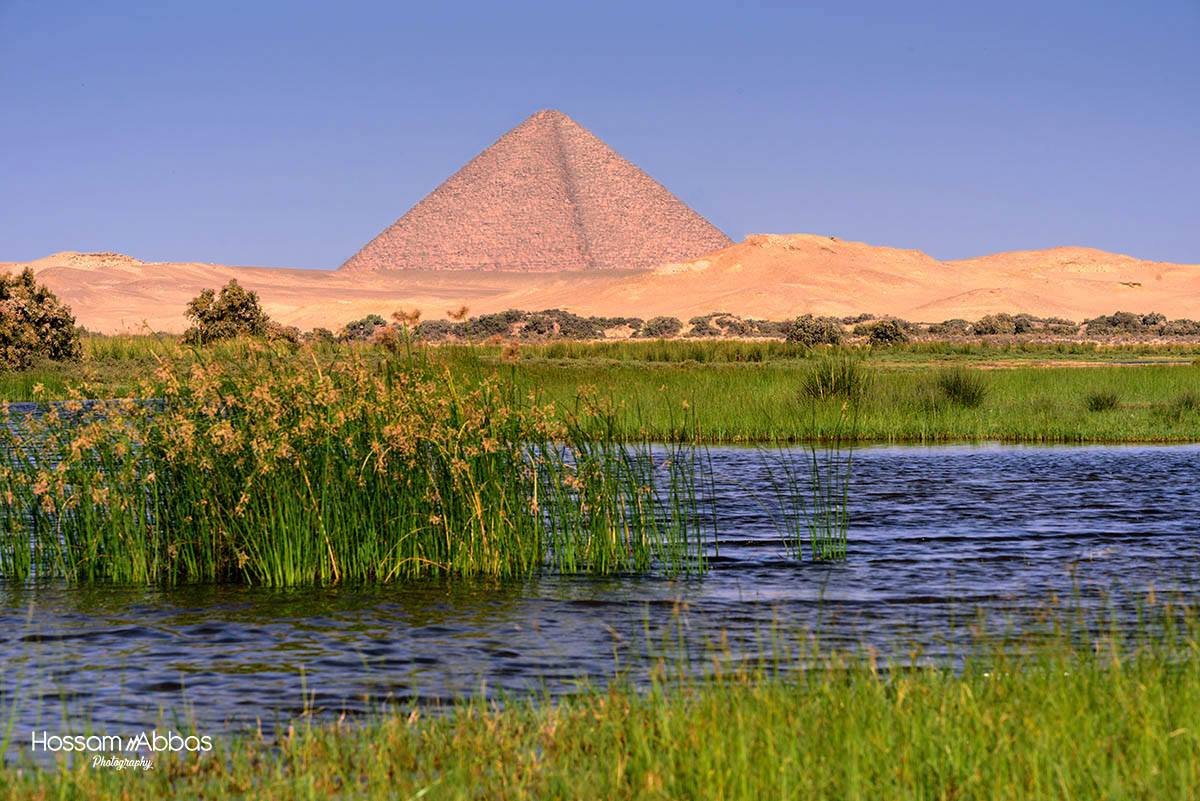




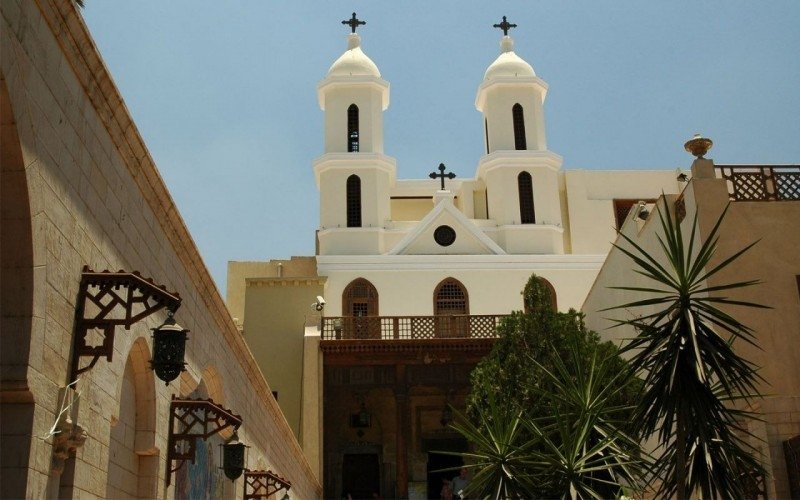

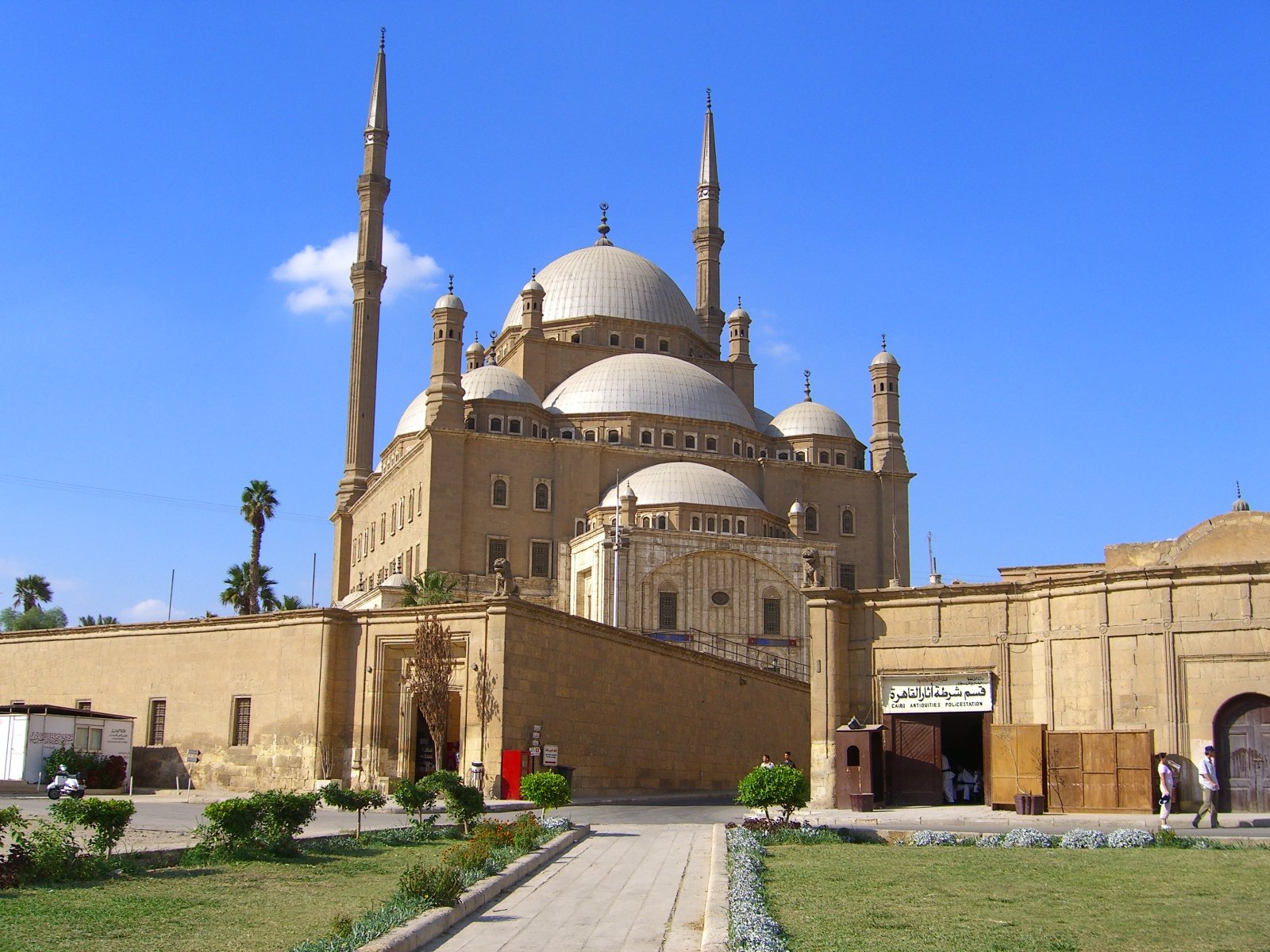



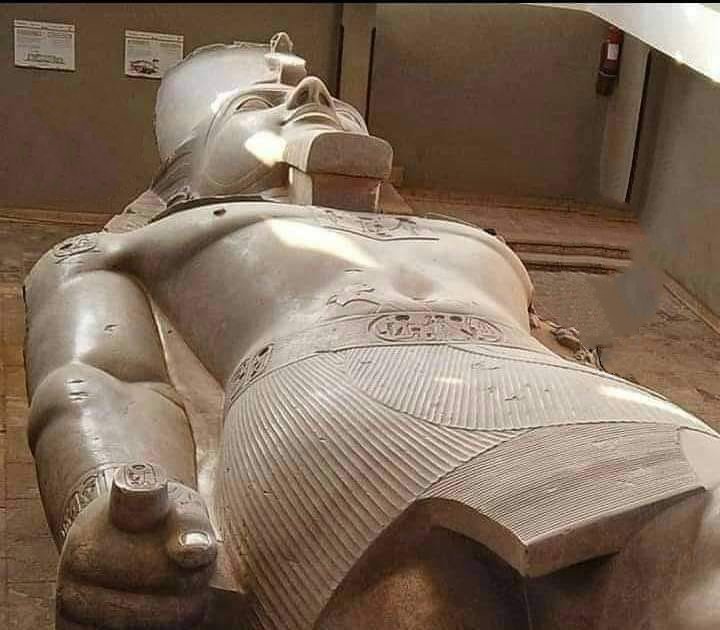
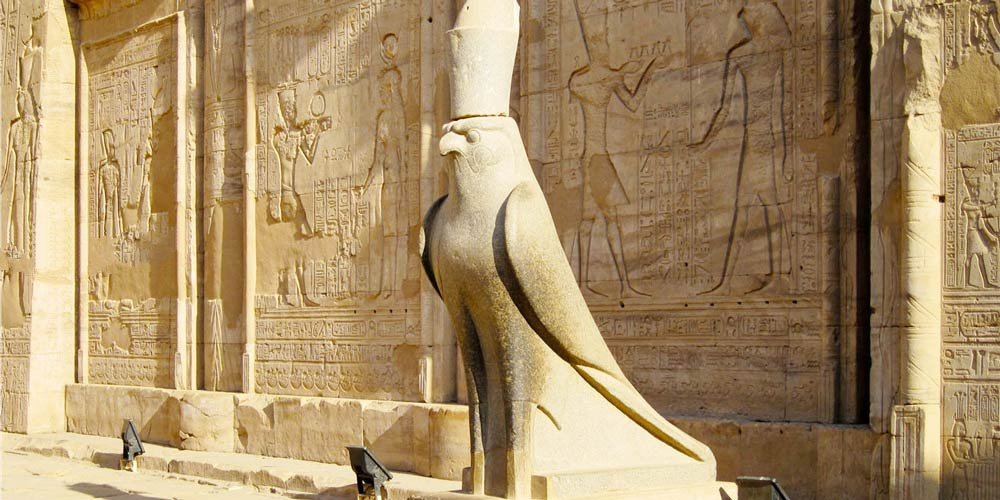

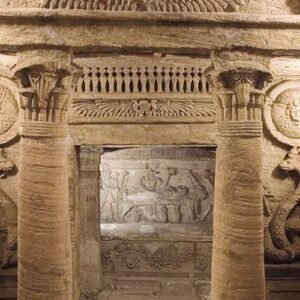
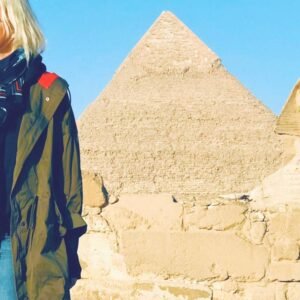


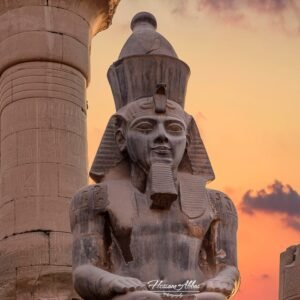


Be the first to review “Egypt Tour Packages 12 days tour Cairo, Aswan, Nile Cruise and Luxor”